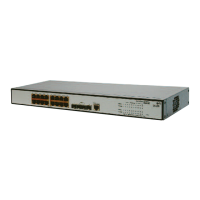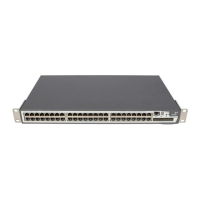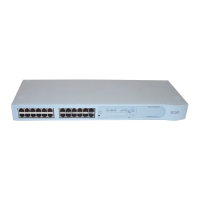16 CHAPTER 1: WX SWITCH OVERVIEW
■ Software and configuration management—You can store multiple
software images and configuration files in the WX switch’s nonvolatile
storage.
■ Web Manager—Web Manager is a Web-based application for
configuring and managing a single WX switch through a Web
browser. Web Manager creates a secure connection by using
Hypertext Transfer Protocol over Secure Sockets Layer (HTTPS).
Layer 2 Switching
Features
■ Spanning Tree Protocol (STP)—MSS is 802.1D-compatible and
supports Per-VLAN Spanning Tree (PVST+). PVST+ allows a separate
spanning tree in each virtual LAN (VLAN). Optional fast convergence
features allow you to quickly resume traffic forwarding after a
topology change.
■ Load-sharing port groups—You can configure multiple physical ports
into a single logical link for traffic load sharing and physical link
redundancy.
■ Virtual LANs (VLANs)—MSS supports logical segmentation of a
switch’s ports into separate Layer 2 collision domains. A port can be a
member of one or more VLANs. Each VLAN can have its own IP
interface. MSS supports the 802.1Q tag format.
■ Internet Group Management Protocol (IGMP) snooping for multicast
containment—The WX switch can learn about the multicast sources
and receivers in the network and restrict forwarding for a multicast
group to the users for that group. IGMPv1 and IGMPv2 are supported.
IP Services
■ IP interfaces—You can configure an IP interface for each VLAN.
■ IP ping and traceroute—You can test IP connectivity between the WX
switch and other devices.
■ Domain Name Service (DNS)—You can configure the switch to use
DNS servers for name resolution. You also can configure a default
domain name to append to hostnames.
■ Network Time Protocol (NTP)—A WX switch can sets its time and date
by polling an NTP server.
■ System log—A WX generates log messages to log system events. The
log messages are stored locally and also can be exported to syslog
servers.
■ Simple Network Management Protocol (SNMP)—A WX switch can be
configured to generate SNMP traps for major system events.

